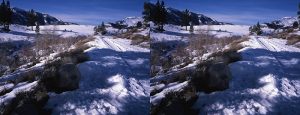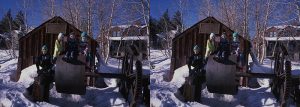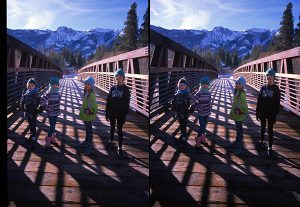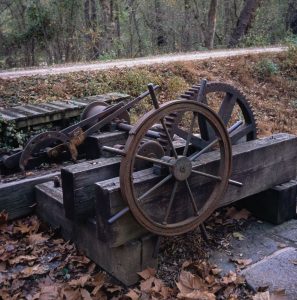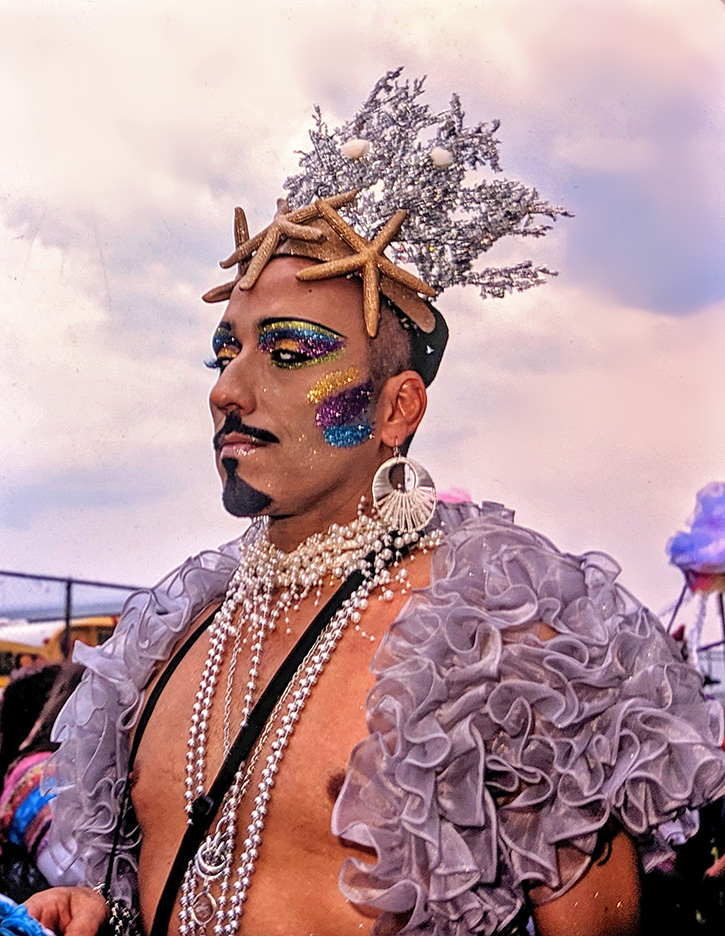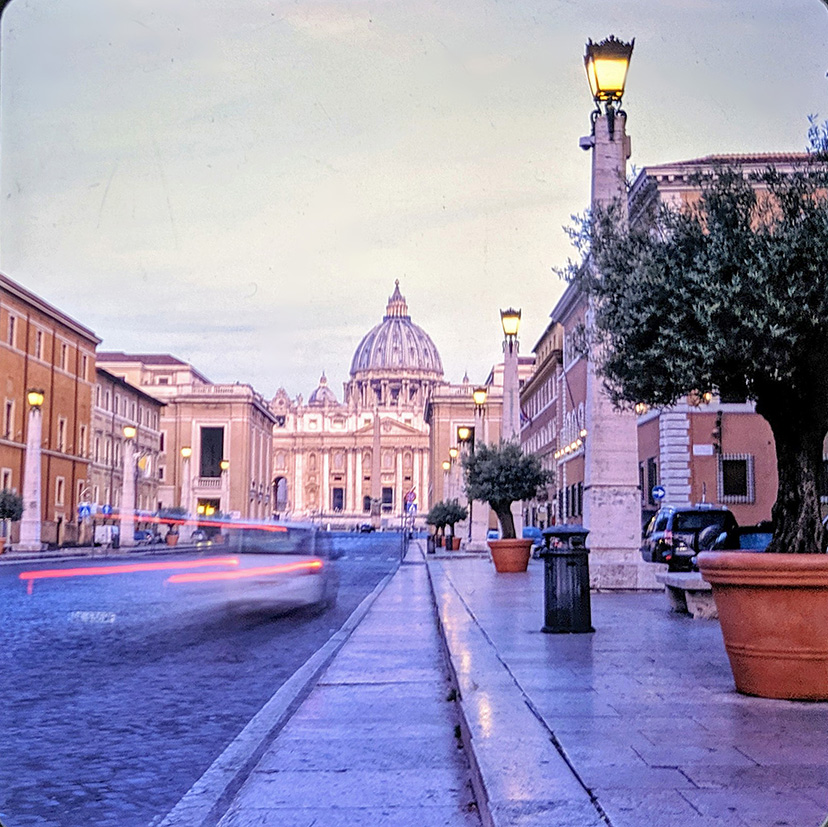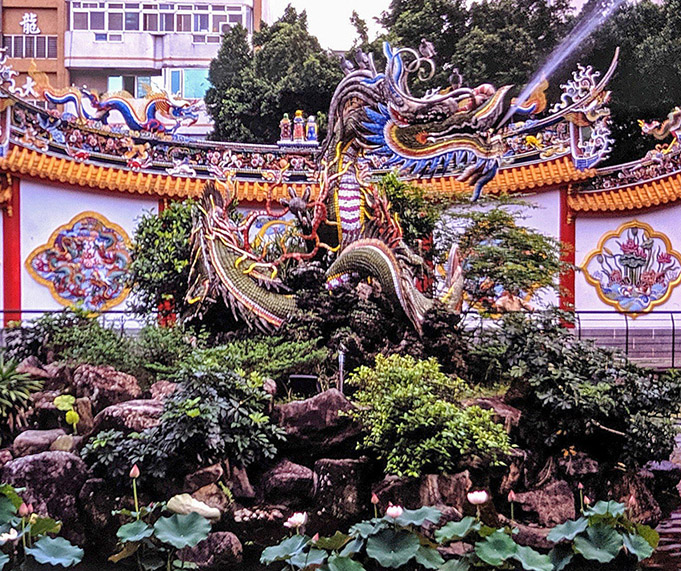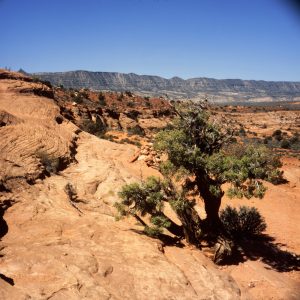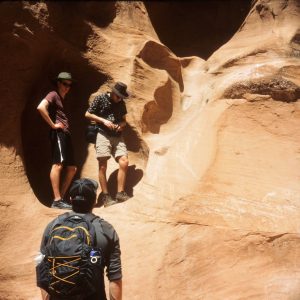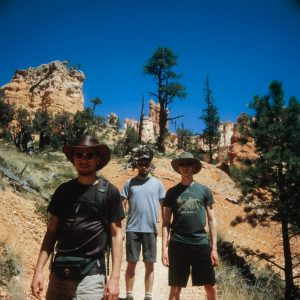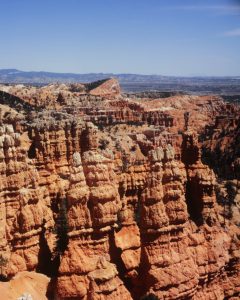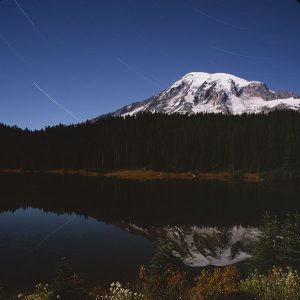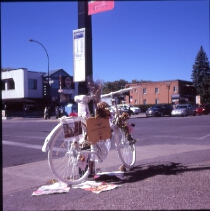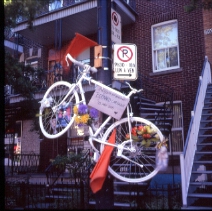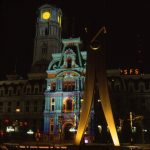The Ape Cave is a lava
tube created about 3,000 years ago. It heads south from Mt. St. Helens volcano, stretching for about a mile and a half, narrowing and expanding into a long stretch of total darkness.
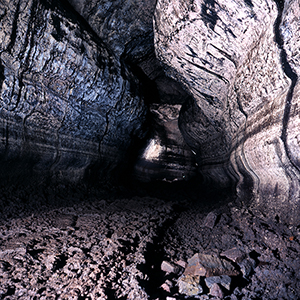
My girlfriend and a couple of friends hiked over the top of the tube to the northern entrance of the cave. By doing so, we would be able to walk through the lava tube more or less downhill, to make things a little easier. It takes a bit of time to navigate the tube due to it’s loose rocks and uneven ground. In some spots, you needed to ‘drop down’ a few feet to a lower section of the tube to continue on. This is not a place for people who are claustrophobic or those who are afraid of the dark.
It’s pitch black down there, and very good headlamps are needed to avoid any injuries. For me, this was my second time through the cave and knowing how dark it was, I brought along a pair of Profoto B1 500 watt lights to help fill the space with light.
One of the lights can be seen at the far end of the cave in the photo. This was a mistake mind you, but one that I let slide for the sake of correct exposure, composition, etc. This was taken with my Sputnik on Fujifilm Provia 100f, using a Profoto Air Remote as a trigger. I had also brought along my digital Canon 5D Mk III, but no 3D was taken with it.
If you do happen to find yourself in the vicinity of Mt. St. Helens, have a good set of knees and a decent headlamp, then I would recommend a visit.
There is a way to see a smaller section of the cave, without going the whole mile and a half. I believe it’s about a quarter of the cave, and well worth a look.
